r.s.p has been in the bike care business for 35 years and is a proud specialist in suspension lubrication in particular. For most of those 35 years they’ve been selling primarily to the aftermarket, but in recent times their products have garnered the attention of many OEMs who want their lubrication to come as standard with their products, such as with Giant’s forks and, for 5 years now, Novatec’s wheel sets.
r.s.p is the only company currently offering a biodegradable variant of chain melt wax and says that the melt wax is “very difficult to make in the EU.”
How To Properly Apply ‘Chain Wax’
r.s.p CEO and founder, Gerhard Fernbach, kindly gave a rundown on how to apply the chain wax for a perfect application. He said, “First, it’s important the chain is completely free from grease, oil, or other debris for the first time. We take the heater that can melt the wax pellets (at over 110℃); they turn to liquid like water. Place the chain inside the heater for 10-15 minutes, and it’s nearly done.”
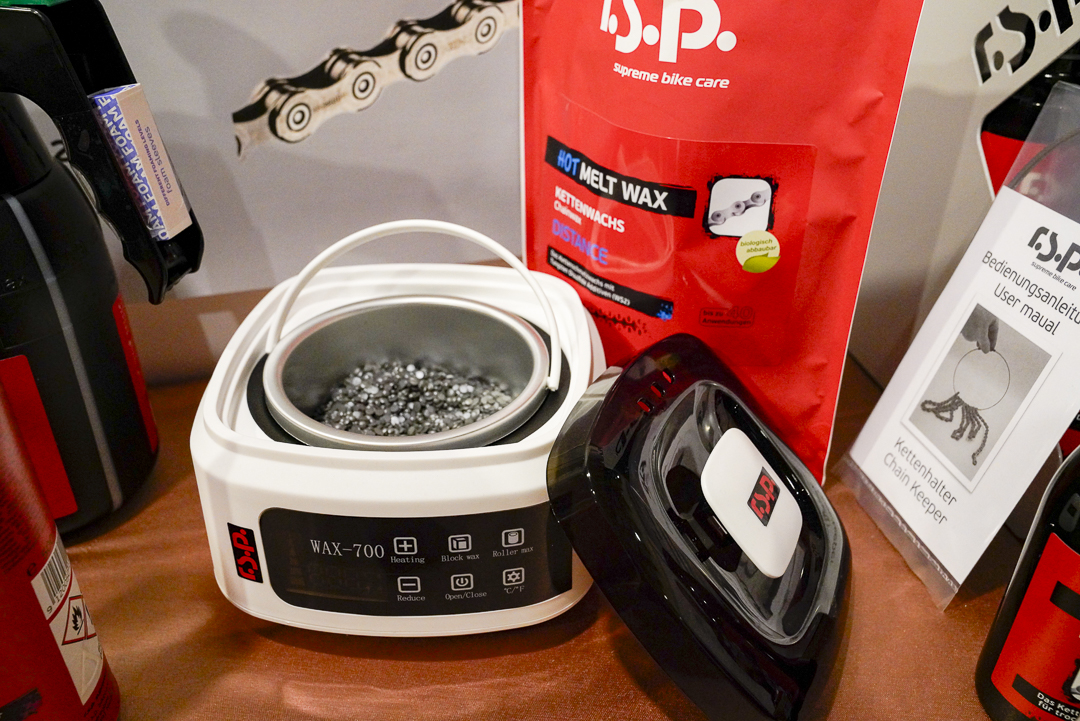
The wax pellets are put into the heater, which then turns the wax into a multiuse liquid for submerging and waxing chains. (Pic: Ash Suter)
For first-time applications, it’s crucial to have a clean chain, but for follow-up reapplications, it’s no problem. The base coating needs to be secure. Mr. Fernbach continued, “Then let it dry for 10-12 hours; it may be hard after 1 hour, but it’s not finished! You must let the film set.”
Typically the first chain waxing (r.s.p), for road riding, will last 800-1000 km before needing a new coating. For gravel it may be 700-800 km. “Reapplying is easy,” Mr. Fernbach says. “Remove the chain, put it inside the liquid wax, dry it, and reassemble.” If a heater isn’t available, you can apply r.s.p’s liquid wax, a quick fix that can relube a chain for around 200 km, available in a small bottle.
The conditions can have an effect on the efficiency of the chain wax. Mr. Fernbach points out, “In Austria guys drive in winter, when there’s salt water on the streets. In winter the wax range will drop to 500 km from 700 km, but we suggest you clean it every day. It's not a big problem.”
Hot weather can serve up its own problems too. "95 degrees is our dripping point, but other companies’ wax is around 60 or 70, not enough. In summer it can be hot; sometimes the chain looks like a candle,” Mr. Fernbach added, noting that r.s.p outperforms competitors.
The r.s.p wax heater costs around 90 euros, and a bag of 400 g wax pellets is around 40 euros, providing up to 40 chains with a coating, with 10 g used for one chain. The wax remains in the heater after use, and after about 5-7 chains have been waxed, more pellets can be added to the mix.
“We have worked with oil for 30 years, so it’s [wax] a new experience for us. With 80% of Tour de France teams using chain wax, they expect clean, smooth shifting, with no oil or dirt [on clothing, equipment, hands, etc.]. It can be a replacement for oil.”
Mr. Fernbach shared that in Europe chain wax is now getting very popular, with it being mentioned often on Eurosport’s coverage of the Tour De France. “So people come to shops asking about chain wax. A lot of people are buying it for home use.
A New Flat Suspension Socket On The Way
“We also work with companies like FOX, Suntour, and RST, who approached us to make a flat socket, made of plastic, that won’t scratch the suspension fork area.” With bikes and parts getting more expensive, it’s not desirable for a bike to get scratched up during a service. “It’s completely flat, which makes it easier to remove the fork end top. Fox and RockShox will change their top types in 2026, so we’ve come up with this, which can also be used on cassettes,” Mr. Fernbach said.
r.s.p’s CNC-machined flat socket is made from a special POMACE thermoplastic, making damaged and scratched top caps and fork crowns a thing of the past. It boasts high strength and durability, and and high- and low-temperature resistance and can handle high impacts.
It comes in sizes 24mm-32mm, with a maximum load between 55-60Nm.
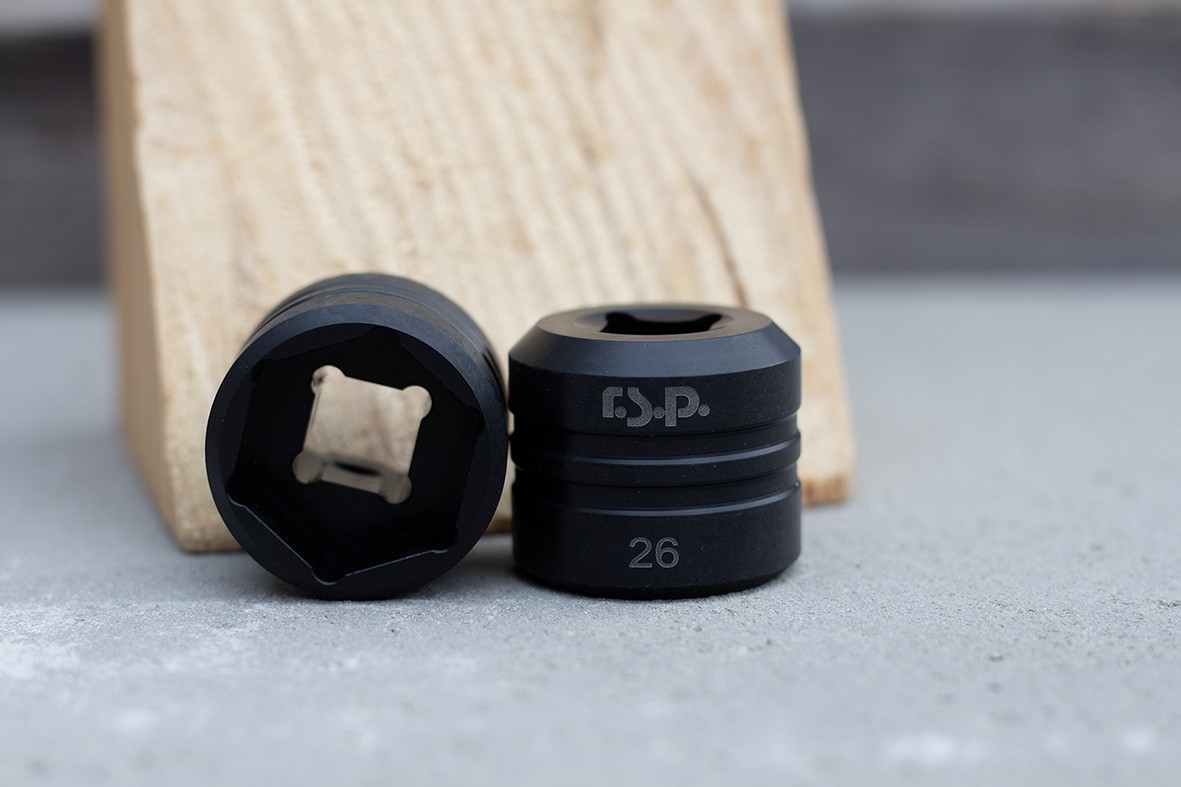
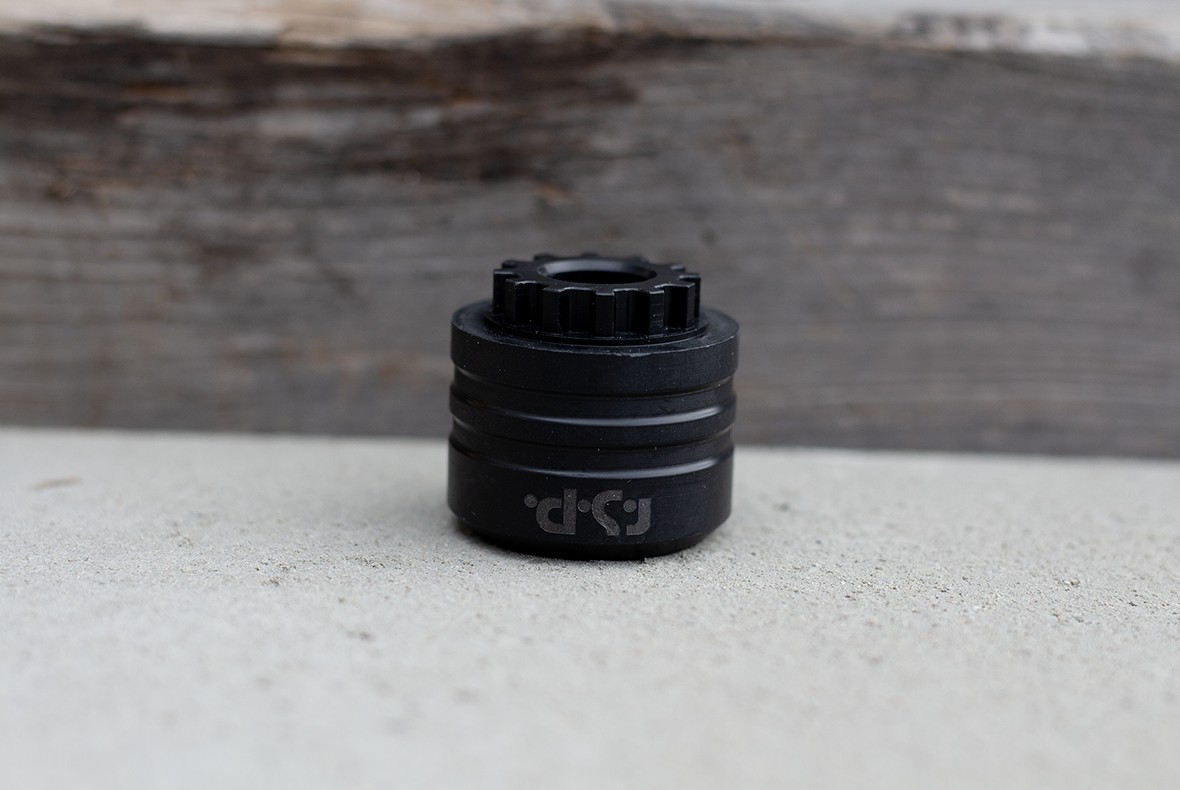
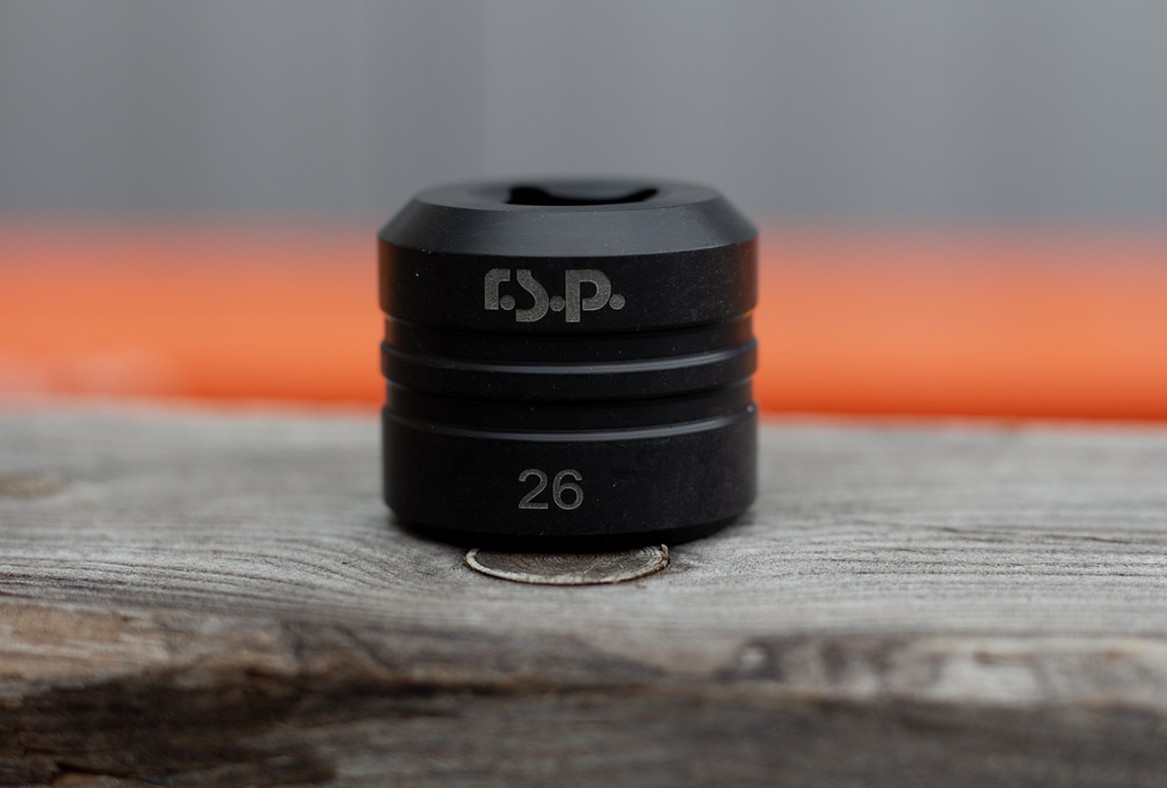
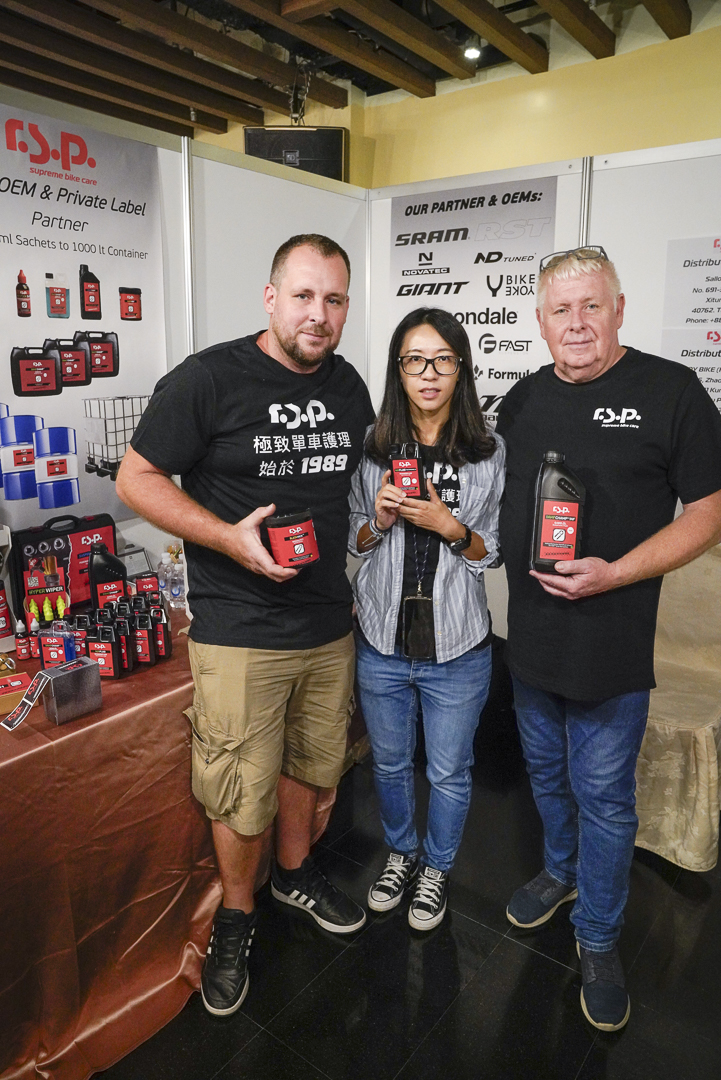
Gerhard Fernbach (right) and the r.s.p team representing at TBW 2025. (Pic: Ash Suter)











